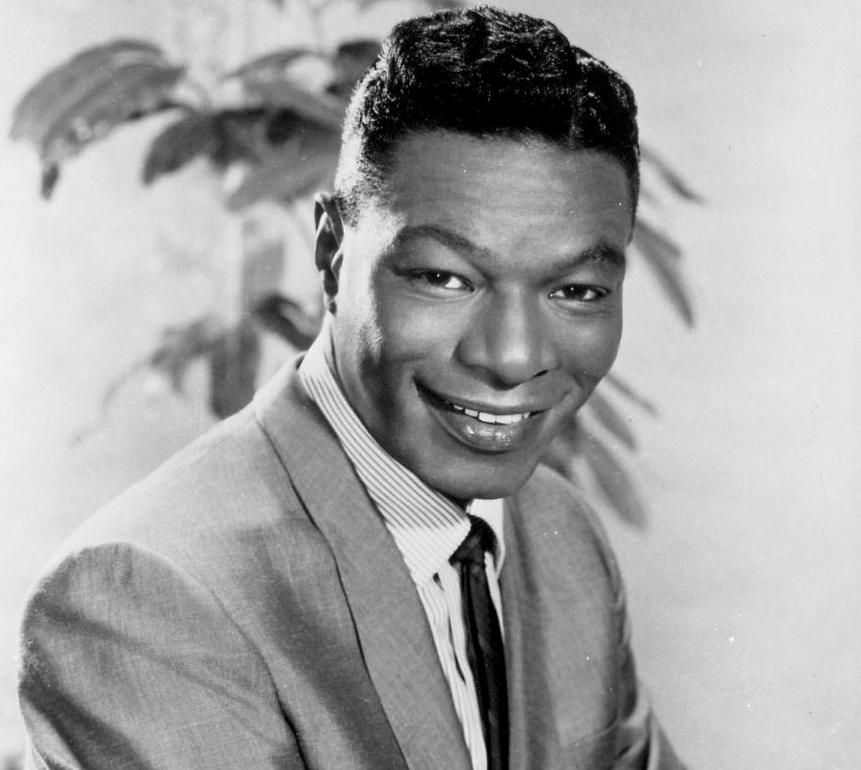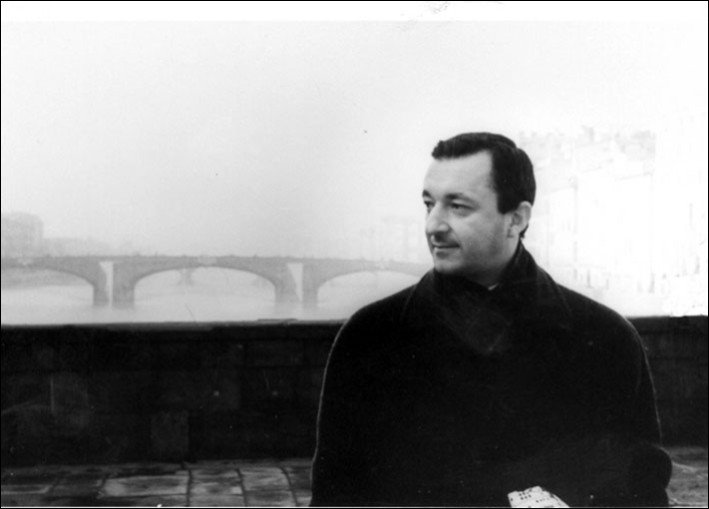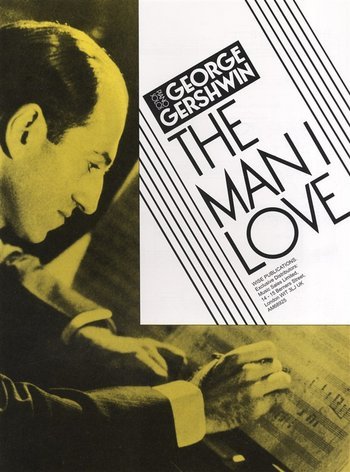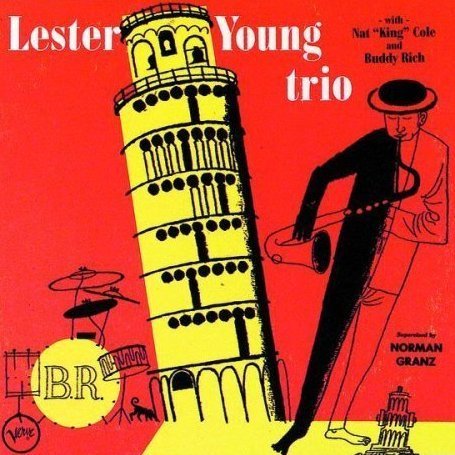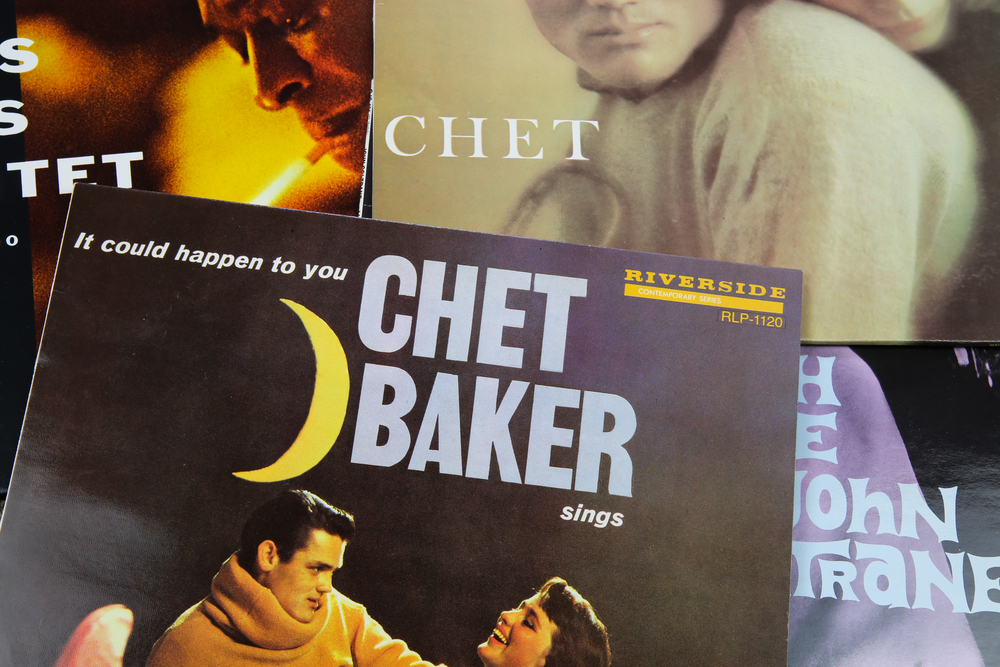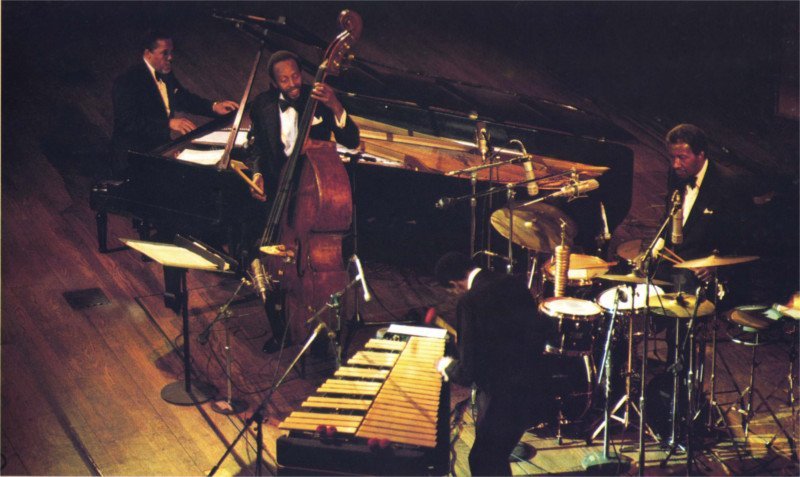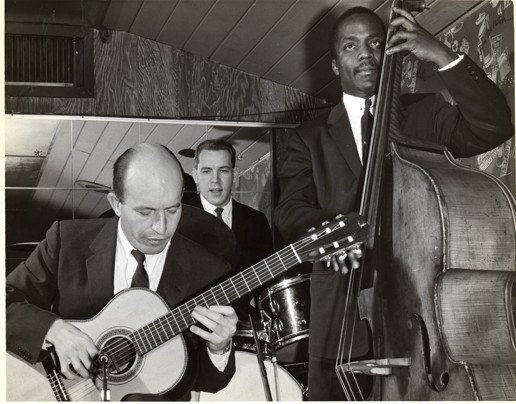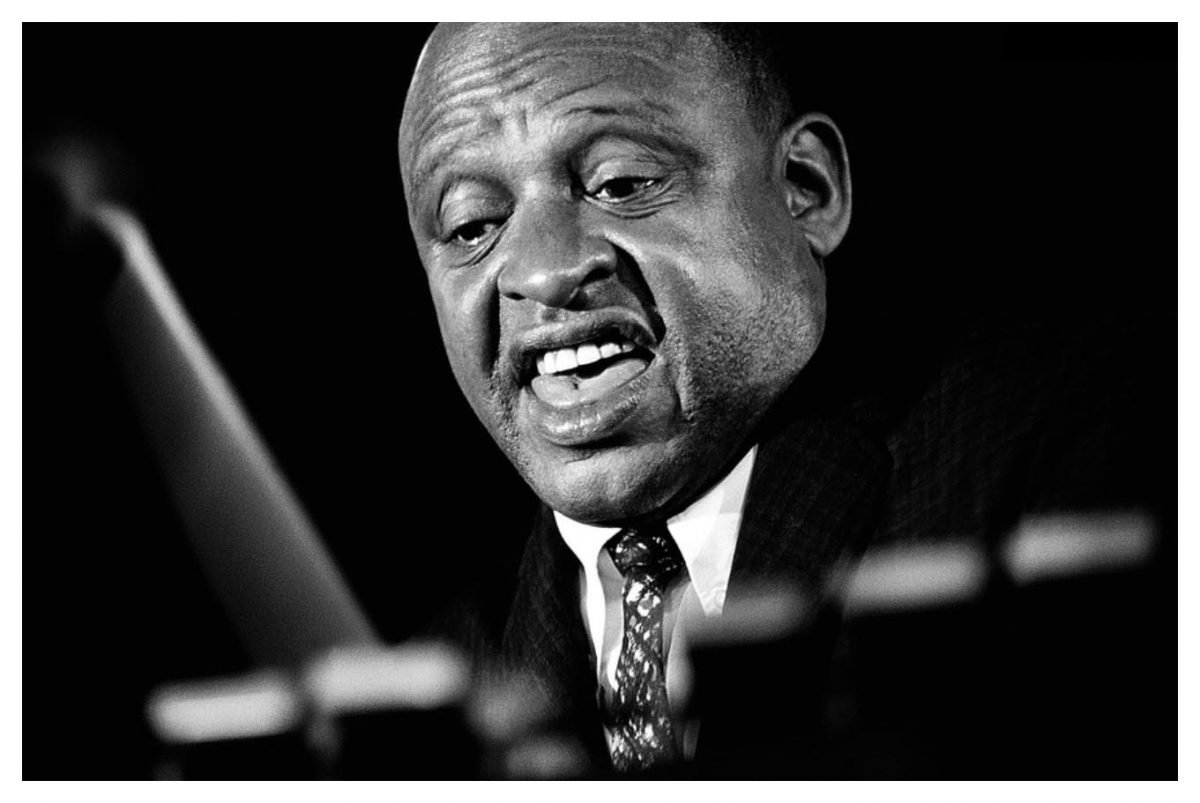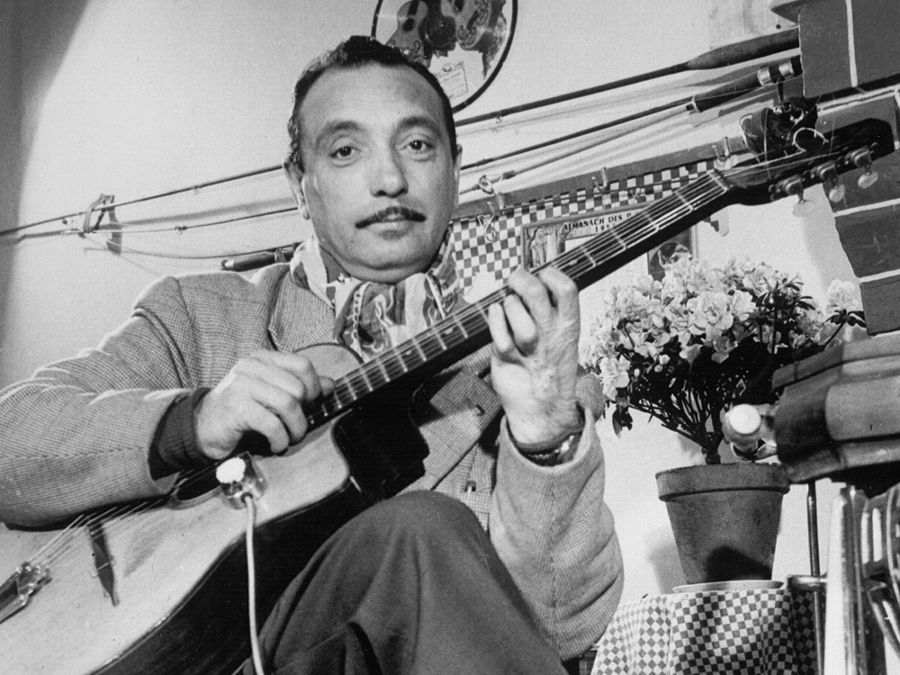[Monday Note 36] Nat King Cole was a formidable jazz pianist, yet he had greater success as a singer. Songs such as Mona Lisa, Smile and Unforgettable made him popular and led to him to be the first African American to lead a television show. Help me to spread the love for music Share Tweet…Continue readingNat King Cole plays and sings Mona Lisa, a song with an Italian flavour
Category: Monday Notes
A music analysis column dedicated to the great classics of jazz and rock music: every Monday a song with technical notes and curiosities. To start the week on a good note… and learn more about music.
[Monday Notes n.153] For the soundtrack of the film I soliti ignoti the director Mario Monicelli chose a young Florentine musician named Piero Umiliani. Monicelli wanted a completely jazzy soundtrack, an unusual choice at the time. Let us analyse the main theme entitled Gassmann Blues.Continue readingGassmann blues, Piero Umiliani’s music for I soliti ignoti by Monicelli
Lester Young Trio, The Man I Love
[Monday Notes No.35] The Man I Love is a great classic of jazz and American music, one of the most beautiful love songs composed by George Gershwin. The lyrics of the song tell the story of waiting for love, the protagonist daydreams of the arrival of the man who will make her happy, her predestined…Continue readingLester Young Trio, The Man I Love
[Monday Notes No.34] In this trio recording of I’ve Found a New Baby Lester Young plays with Buddy Rich on drums and Nat King Cole on piano, who hid behind the witty pseudonym Aye Guy because he was under contract with another label and could not appear under his real name. The line-up is unusual…Continue readingLester Young Trio, I’ve Found a New Baby
[Monday Notes No 33] In jazz, the voice often performs like a musical instrument, e.g. Billie Holiday has been known to imitate Louis Armstrong’s trumpet. Sometimes the reverse happens and it is the instruments that try to imitate the human voice. This is what happens in Little Girl Blue, performed by Chet Baker.Continue readingChet Baker, Little Girl Blue. The instrument as a voice
[Monday Notes No.32] Chet Baker was a great trumpeter and singer who lived a tormented life. Addicted to drugs for over 30 years almost continuously, he went from the heights of beauty and success to the depths of desolation and degradation. Let’s listen to his interpretation of a song written by Rodgers-Hart, Do It the…Continue readingChet Baker, Do It the Hard Way. The voice as an instrument
[Monday Notes No. 31] The Modern Jazz Quartet was one of the longest-running jazz ensembles on the jazz scene. John Lewis was a promoter of the third current and was pursuing a contact between European classical music and jazz.Continue readingModern Jazz Quartet, Milano. Between classical music and Jazz
[Monday Notes n.30] The album Jazz Samba released in 1962 by Charlie Byrd and Stan Getz introduced Brazilian music to the jazz repertoire. Dizzy Gillespie and others had already been mixing Jazz and Cuban music since the 40’s, while Brazilian music had remained on the sidelines. Let’s listen to and analyze Desafinado.Continue readingCharlie Byrd and Stan Getz, Desafinado. Bossa nova becomes jazz
[Monday Notes n.28] Like the saxophone, electric guitar and drums, the vibraphone reached the broader public through jazz music. An instrument invented in the ’20s, it was in fact popularized by Lionel Hampton, a vibraphonist hired by Benny Goodman in his quartet in the mid-’30s. Let’s listen to the two musicians playing Whispering.Continue readingWhispering, Lionel Hampton was the first great jazz vibraphonist
[Monday Notes n.27] Django Reinhardt is one of the first great jazz musicians of European origin. Born in Belgium, French by adoption but of Sinti origin, Django Reinhardt mixed his own Gypsy musical culture with French melody and jazz. We analyse one of his compositions entitled Nuages.Continue readingNuages by Django Reinhardt, the first great European jazz musician

